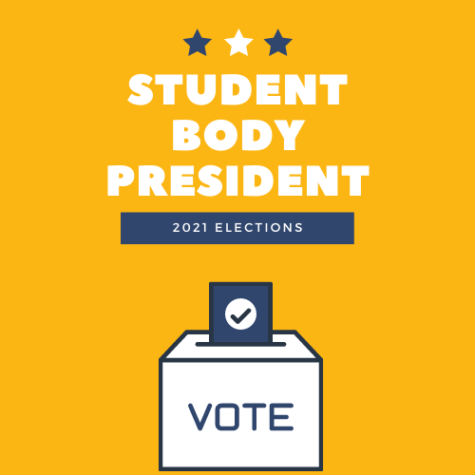Polling: 2016 vs. 2020 and its Effect on the Election
November 3, 2020
In 2016, the United States and the world witnessed a shocking electoral outcome that defied all pollsters’ forecasts. Now, as the country approaches Election Day 4 years later, Democrats are more doubtful of the polls than ever, haunted by the results of Clinton v Trump.
Polling, although a carefully calculated process, cannot be consistently reliable. The task begins with gathering a representative sample constructed to illustrate the political views of the nation’s voting population. For this process to function properly, pollsters ensure that the sample size accurately reflects the larger population, incorporating characteristics of age, race, gender, sexual orientation, and geographical location. Each sample, however, has to allow for error, which is where the most confusing aspect of the polls comes in: margin of error, or MOE. MOE is a mathematical equation that determines how inaccurate the polls could be based on the size of the representative sample. For example, a sample size of 1,000 recipients has a MOE of +/-3 percentage points, meaning if a candidate is polling at 55%, their actual numbers could range from 52-58, providing inaccurate and unreliable voting numbers. This year, it seems that more Democrats and moderates are taking these potential miscalculations into account, pushing the narrative that although Biden is polling favorably, Donald Trump could still win the election. Although this portrayal may get moderate voters to the polls, the 2016 and 2020 elections are drastically different. In 2016, Trump won the election solely off of the electoral college vote, despite his polling numbers falling under 46%. In February of this year, he peaked at a 45.6% average against Biden, and has yet to raise that number. Despite the uncertainties of polling, this number could still mean something, as it displays President Trump’s lack of voter gain throughout the past 10 months. This election is also likely to drop a lot of third-party voters in comparison to 2016, which showed about 6% voting third-party, the highest since 1996. Biden has made a point to work closely with Senator Bernie Sanders, who seemed to play a large factor in the lack of Clinton supporters 4 years ago. Accordingly, the United States population seems to be focusing heavily on the two main candidates, possibly due to the political presence on social media and the prominent clash between the two parties. Third-party candidates, such as Jill Stein and Gary Johnson in 2016, are rarely brought up in mainstream media and on national television, fully placing the spotlight on Former V.P. Joe Biden and President Donald Trump and the severity of this election.
As we approach the election, pollsters across the country are continuing to gather numbers and data that both parties are utilizing to rally supporters and focus their campaigns effectively before November 3rd. As of now, Biden is polling 11% higher than Trump, but considering the uncertainties, these numbers could shift completely.






